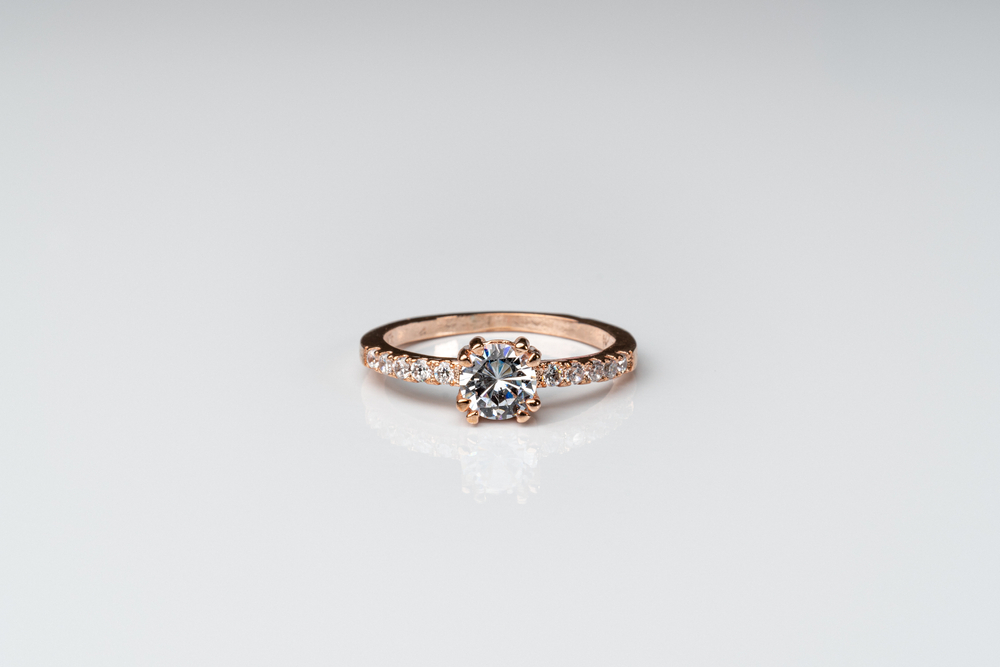
In recent years, the global diamond industry has witnessed a remarkable transformation with the emergence of artificial diamonds, also known as synthetic or lab-grown diamonds. Beyond their stunning beauty, artificial diamonds are becoming increasingly popular for their sustainable production methods. In this article, we explore the sustainable production of artificial diamonds in Europe and its role in shaping the future of the diamond industry.
Europe’s Commitment To Sustainability
Europe has a longstanding tradition of valuing ethics and sustainability in various industries, and the diamond sector is no exception. As concerns about the environmental and ethical implications of traditional diamond mining grew, European researchers and entrepreneurs took up the challenge of developing alternative, sustainable methods for diamond production. One of the key advantages of artificial diamonds is their significantly lower carbon footprint compared to mined diamonds. Traditional diamond mining involves extensive excavation, energy-intensive processes, and often long-distance transportation. In contrast, artificial diamonds can be produced locally using more energy-efficient methods, reducing greenhouse gas emissions.
The European Approach To Sustainable Diamond Production
Artificial diamonds are cultivated in controlled laboratory environments, where conditions are carefully manipulated to replicate the natural diamond-growing process. European laboratories have pioneered cutting-edge techniques to grow diamonds efficiently and sustainably. These methods minimize resource consumption and environmental impact. Europe’s commitment to ethical diamond production is another driving force behind its sustainable approach. By creating diamonds in a controlled setting, producers can ensure that the entire supply chain adheres to ethical standards, eliminating concerns about conflict diamonds and exploitative mining practices.
Sustainable Benefits Beyond Borders
The establishment of diamond production facilities in Europe has led to the creation of job opportunities in regions where these laboratories are located. This not only supports local economies but also reduces the need for long-distance diamond transportation, further decreasing carbon emissions. Europe’s dedication to sustainable diamond production has stimulated innovation in materials science, engineering, and manufacturing techniques. These advancements have far-reaching implications, potentially benefiting other industries and contributing to the continent’s overall technological progress.
Consumer Preferences And The Future
Today’s consumers are increasingly environmentally conscious and socially aware. They seek products that align with their values, and sustainable artificial diamonds fit this criterion perfectly. As consumer demand for eco-friendly products grows, Europe’s sustainable diamond production is well-positioned to meet this demand. Europe’s commitment to sustainable artificial diamonds has the potential to reshape the entire diamond industry. As these lab-grown gems gain popularity, they provide a compelling alternative to traditional mined diamonds. This shift in consumer preference has led to increased investment in research and development, positioning Europe as a leader in the sustainable diamond market.
Europe’s dedication to the sustainable production of artificial diamonds is not only aligned with its ethical and environmental values but also strategically positioned to meet the evolving demands of consumers. As the world seeks more responsible and sustainable options, Europe’s innovative techniques and commitment to ethical practices pave the way for a brighter, more sustainable future for the diamond industry. With sustainable diamond production in Europe leading the charge, diamonds continue to sparkle, not only in terms of their beauty but also in their contribution to a greener and more ethical world.
